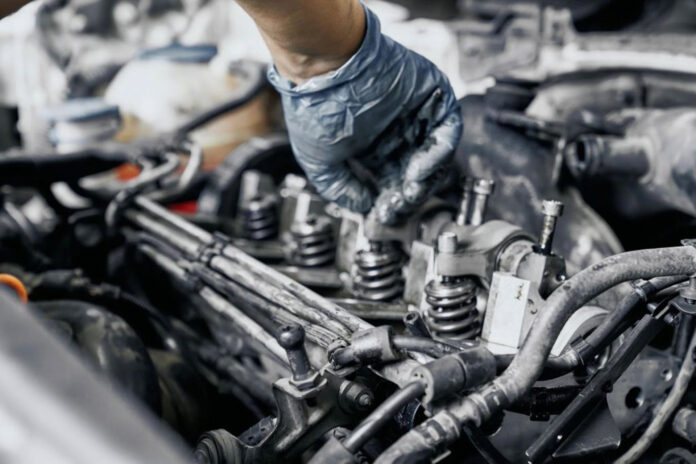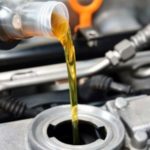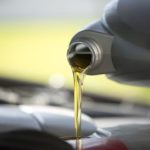Here are some ways for users to identify if their engine is showing signs of damage due to oil loss and the steps to prevent this issue.
Immediate symptoms of an engine lacking oil
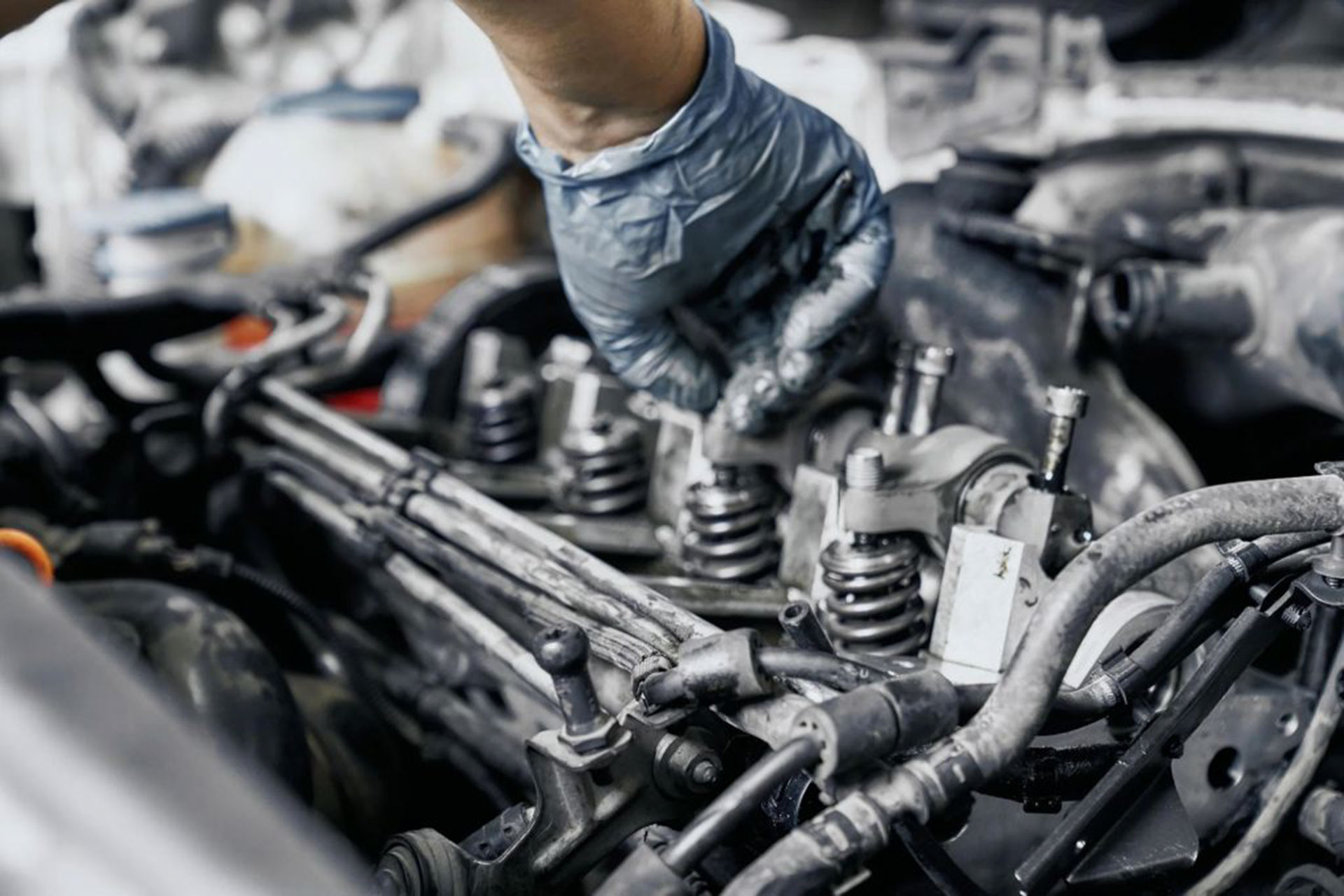
Low oil levels can significantly reduce engine power and performance. Photo: AET Systems
One of the most concerning signs of engine damage due to low engine oil is a loud knocking or rattling noise coming from the engine compartment. Another indicator that the engine is “eating” oil is an increased amount of smoke, especially blue smoke, coming from the exhaust. This smoke is typically a result of engine oil being burned and then expelled through the exhaust system.
Additionally, low engine oil levels can significantly reduce engine power and performance. The engine may struggle to accelerate, lack power, or experience misfires. This is because the engine cannot operate optimally when there is insufficient lubrication.
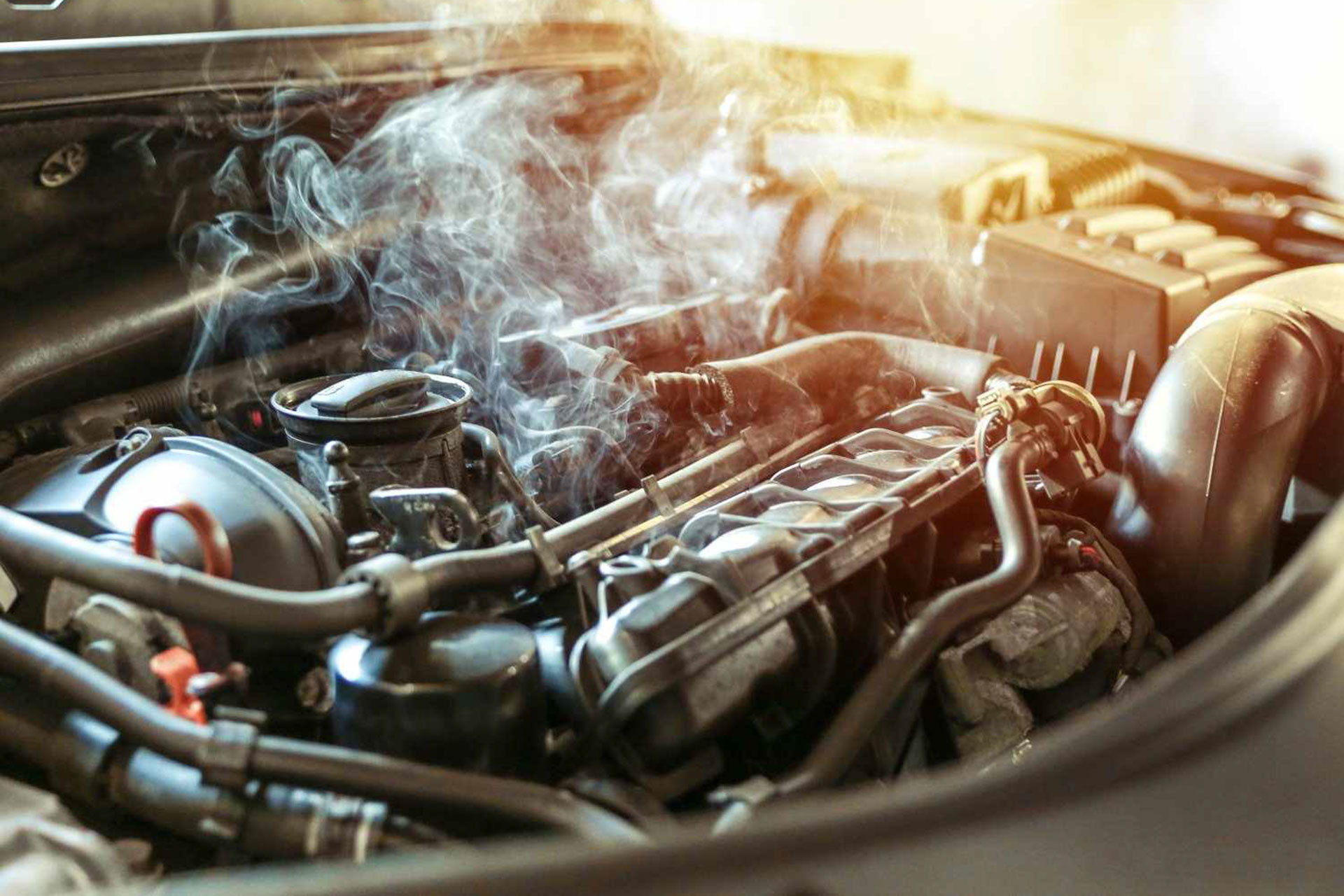
Engine overheating is also a sign of insufficient engine oil. Photo: Bumper
Engine overheating is another serious symptom. When an engine is not properly lubricated, it can overheat, causing significant damage to internal components, resulting in a high temperature reading on the dashboard gauge. Unusual odors, such as the smell of burnt oil or the sound of metal grinding, indicating excessive friction, could also be signs of engine trouble.
Visual inspection
To determine if the engine is losing lubricating oil, one of the first things to do is to check for signs of an oil leak. Look for stains or puddles of black liquid on the ground, especially around the engine area, oil pan, and transmission.
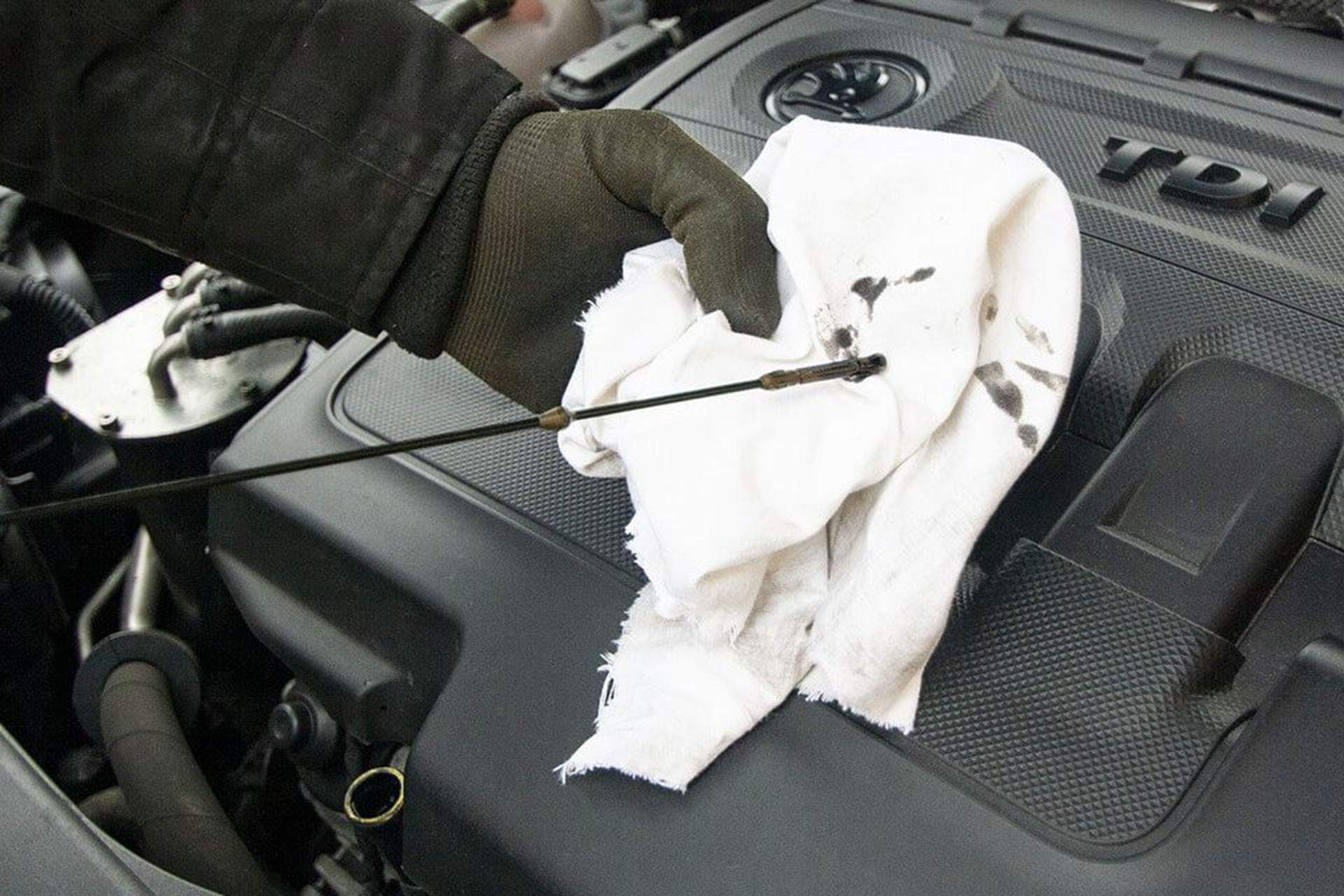
The simplest way to check for oil loss is to use an oil dipstick. Photo: Arrowwood Auto
Another important indicator is the presence of metal shavings on the oil dipstick. This suggests severe internal engine wear. Additionally, a visual inspection of the engine may reveal a cracked or warped engine block, indicating major engine damage that requires extensive repairs or even engine replacement.
Using machinery for diagnosis
Diagnosing engine damage due to low oil levels requires specialized tools and procedures. Professional mechanics often use compression tests to evaluate the condition of the engine cylinders, determining if the valves, pistons, and piston rings are sealing the combustion chamber properly. Low compression can mostly be attributed to leaking valves.
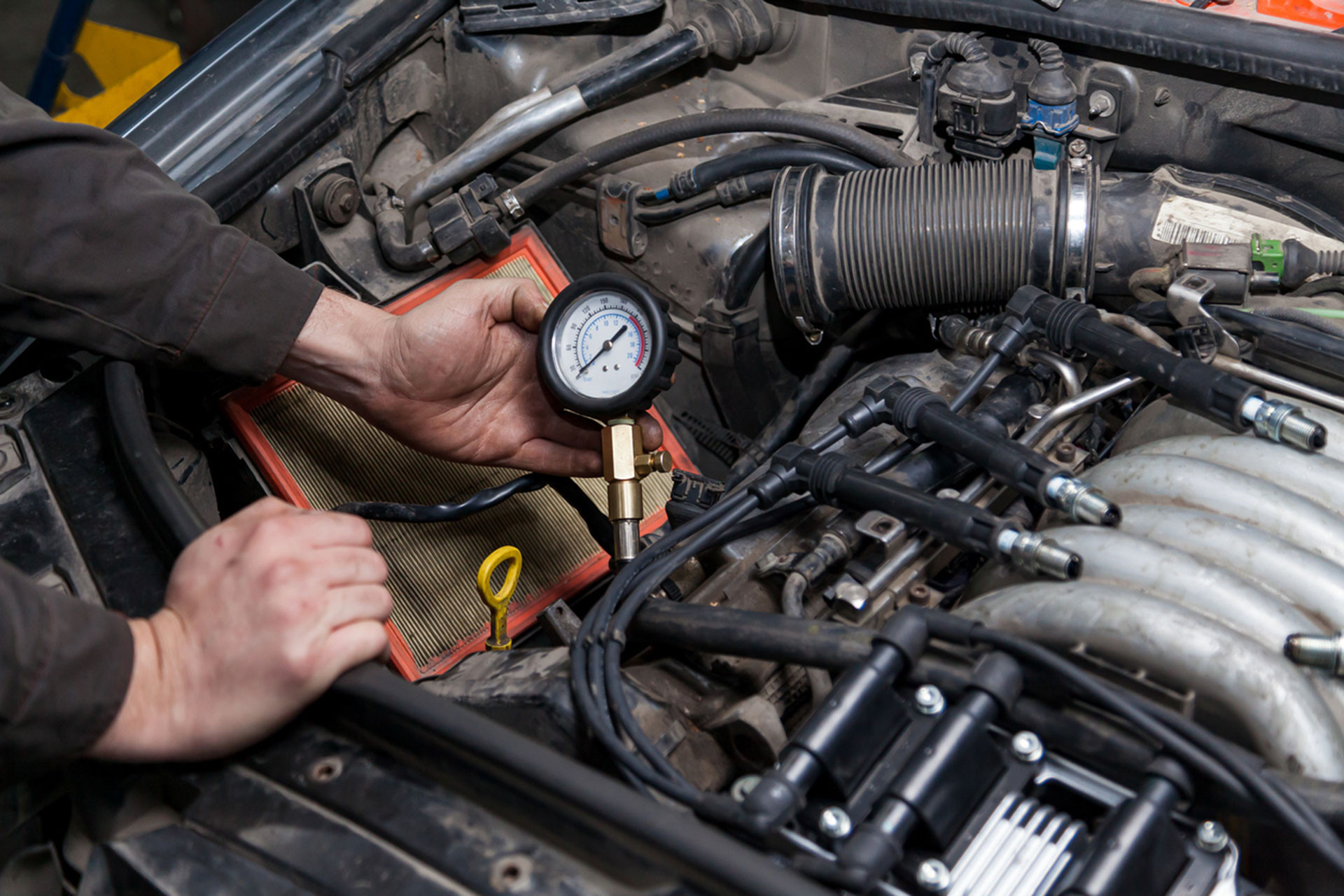
Compression testing is also a way to assess if the engine has any issues. Photo: AutoZone
Oil analysis can also provide valuable detailed information about the engine’s condition. By examining the engine oil for contaminants, metal particles, or signs of excessive wear, mechanics can identify potential issues and assess the severity of the damage.
Borescope inspection using a camera can be employed to visually inspect the internal engine components. This allows mechanics to pinpoint specific areas of damage, such as scratched cylinder walls or worn crankshaft bearings.
How to prevent engine damage due to lubricating oil loss?
– Regular oil changes: Maintaining regular oil changes is crucial to ensure the performance and longevity of the engine. Follow the manufacturer’s recommended oil change intervals to keep the car engine lubricated and prevent excessive wear.

Changing engine oil according to the manufacturer’s recommendations helps prevent engine damage. Illustrative image
– Monitor oil levels: Regularly checking the engine oil level is essential to prevent engine damage due to oil shortage. Use the oil dipstick to measure the oil level, ensuring it falls between the “Full” and “Add” marks.
– Timely address oil leaks: Checking for engine leaks is another important step to prevent engine damage. If you notice any leaks, address them promptly to avoid further oil loss and the risk of engine damage.
According to VietNamNet

























